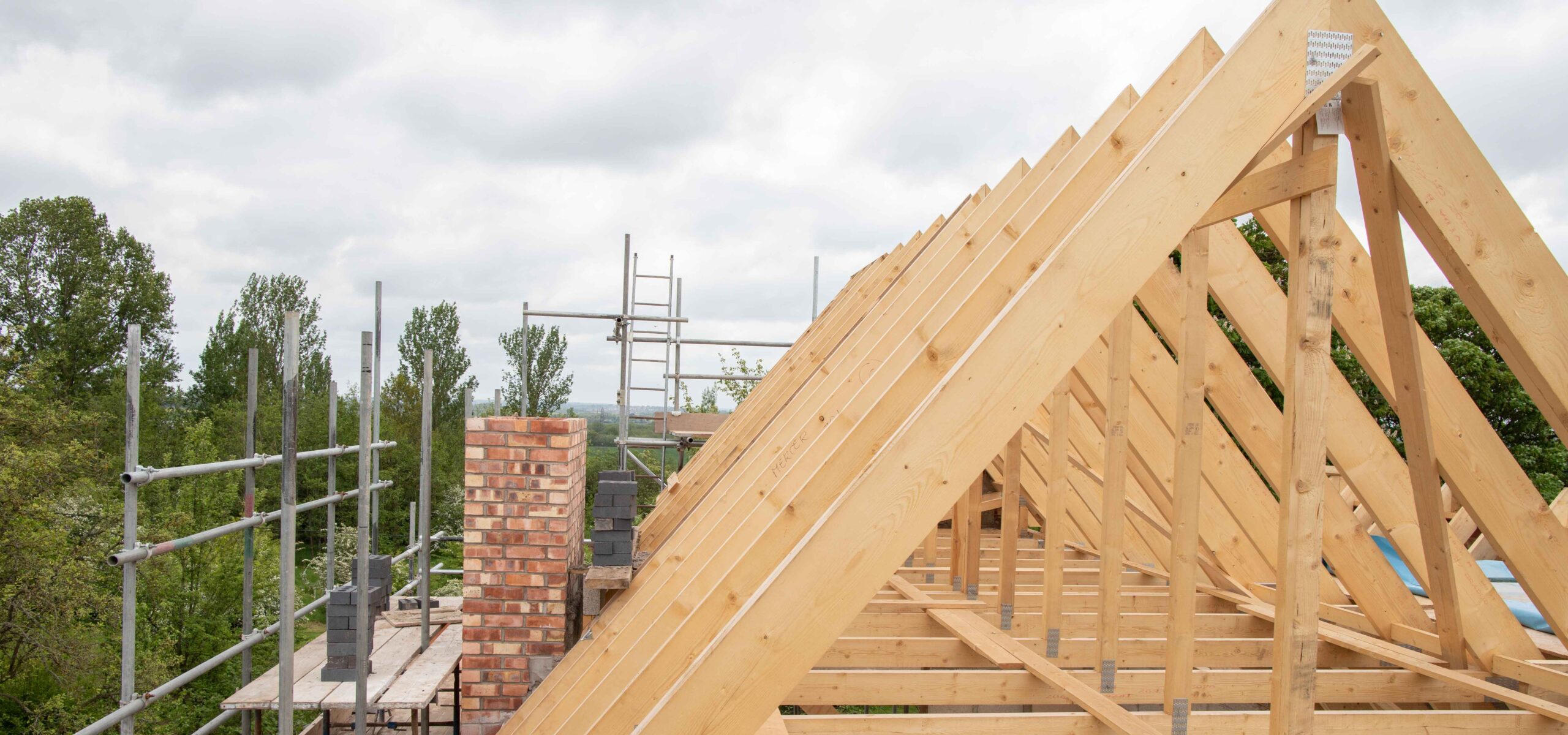The Government has introduced new regulations to make it easier for homeowners to build extensions to their properties.
From September 1, owners were able to access a fast-track approval process, allowing them to add two storeys to their homes, as ‘Permitted Development Rights’ are extended.
Here, solicitor Hayley Wharton takes a look at what it means for homeowners, and examines one of the common issues faced when building extensions to private property.
What are Permitted Development Rights
Permitted Development Rights allow homeowners of certain properties to carry out work without needing to apply for planning permission. This can make the process quicker and cheaper.
Under current rules, for instance, single-storey extensions can be built without planning permission as long as they are up to 6m from the original rear wall of an attached house (8m on a detached), and up to 4m in height.
Also among the current rules, a two-storey build cannot currently be taller than the highest part of an existing roof, and must not extend beyond the rear wall by more than 3m. Similar rules exist for loft conversions and porches.
The Government’s sweeping changes to Permitted Development Rights are set to introduce new rules for a range of developments including for developers who wish to demolish and rebuild unused properties, in a bid to help encourage development on high streets.
But for homeowners, they are intended to help provide more living space in an existing property through a new fast-track system – details of which are not yet clear – as long as the appearance of the extension is considered, and how the build might impact neighbours.
What issues might this cause for a homeowner looking to extend their property?
While the new fast-track system will help cut through red tape and offer cost savings, it is important to note that building a two-storey extension to any residential property is likely to affect neighbouring properties.
One typical issue that can cause disputes when an extension is being built, is the obstruction of a ‘right to light.’
This right gives people a right to enjoy natural light, and can result in major fines being imposed if breached. Such rights can come about in a number of ways including from an Act of Parliament or from a legal document.
Prior to any development going ahead, deeds should be carefully checked to see if they contain a specific right to light or whether one has been acquired by prescription – the right may be acquired by ‘anyone who has had uninterrupted use of something over someone else’s land for 20 years without consent, openly and without threat, and without interruption for more than a year.’
It’s important to note that even if you already have planning permission for the extension this does not necessarily mean that the neighbour does not have such a right to light.
We would suggest that if the extension affects the ‘reasonable’ enjoyment of a person’s house or garden, the first step would be to negotiate in writing, keeping a copy of any letters sent or received.
Anyone embarking on such development work should always seek proper legal advice in advance, to help avoid these issues cropping up.
Hayley Wharton is a solicitor based in WHN Solicitor’s Bury office. She helps people with a range of litigation issues from residential landlord and tenant disputes to debt recovery. To contact Hayley call her on 0161 761 8062 or email her at hayley.wharton@whnsolicitors.co.uk













